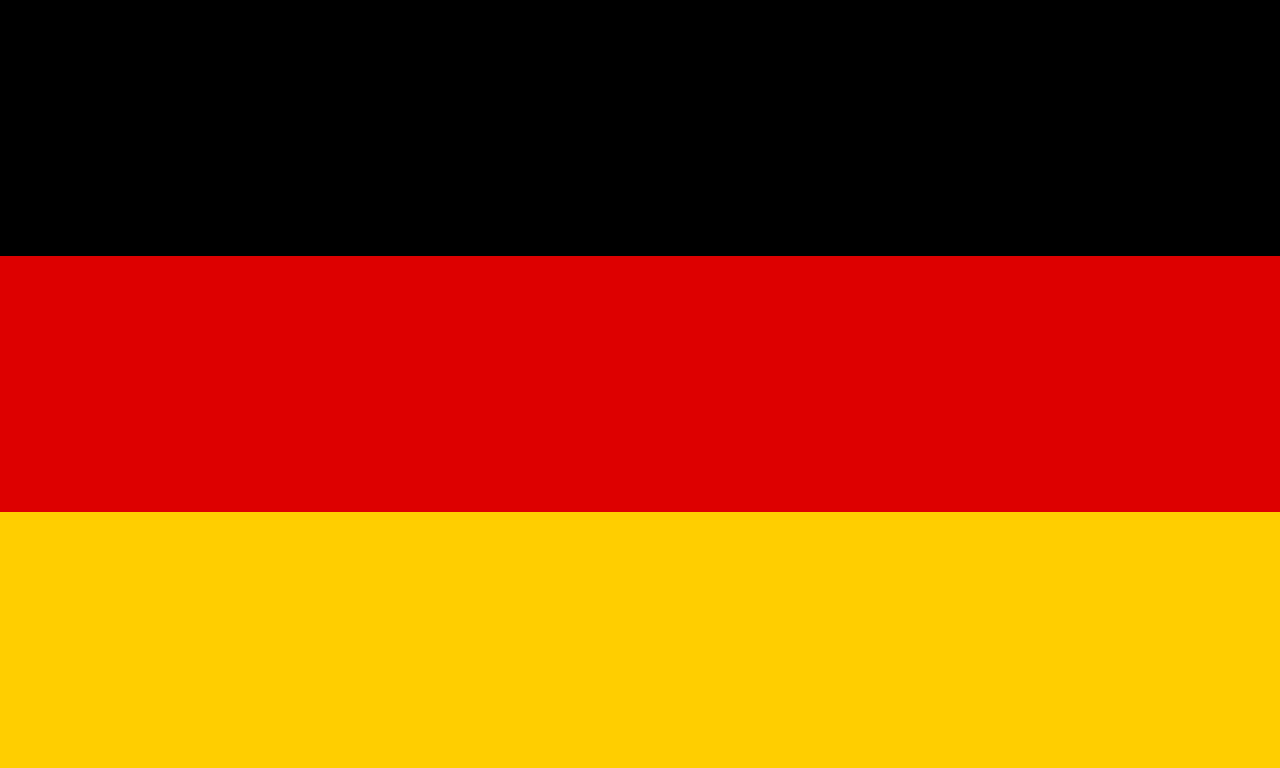The flag of Greece features nine horizontal stripes of blue and white, with a blue canton containing a white cross. This iconic design, known as the "Galanolefki" (blue and white), is rich in symbolism and historical significance, representing Greece's cultural heritage, maritime tradition, and religious identity.
Greece information
| National Flag Day | — |
| Sovereign state | Yes |
| Official name | Hellenic Republic |
| Capital | Athens |
| Population | 10,725,371 |
| Area | 131,957 km² |
| Currency | Euro (EUR) |
| Language | Greek |
| Continent | Europe |
| Region | Southern Europe |
| Subregion | Balkan Peninsula |
| Borders | Albania, North Macedonia, Bulgaria, Turkey |
| Timezone | Eastern European Time (EET) UTC+2 |
| Calling code | +30 |
| Top-level domain | .gr |
History of the Greek flag
 The current design of the Greek flag was officially adopted on December 22, 1978. However, its roots can be traced back to the early 19th century during the Greek War of Independence against the Ottoman Empire. Various versions of blue and white flags with crosses were used by different Greek revolutionary groups, symbolizing their fight for freedom and national identity.
The current design of the Greek flag was officially adopted on December 22, 1978. However, its roots can be traced back to the early 19th century during the Greek War of Independence against the Ottoman Empire. Various versions of blue and white flags with crosses were used by different Greek revolutionary groups, symbolizing their fight for freedom and national identity.
The specific arrangement of nine stripes was standardized in 1822 by the First National Assembly at Epidaurus, though the number of stripes varied in different versions until the current design was finalized. The blue and white colors have been associated with Greece since ancient times, representing the colors of the sea and sky that surround the Greek landscape.
Symbolism and design of the Greek flag
The Greek flag is rich in symbolism, with each element carefully chosen to represent different aspects of Greek identity and history:
- Blue Stripes: Symbolize the colors of the Greek sky and sea, highlighting the nation's maritime heritage and its connection to the Mediterranean.
- White Stripes: Represent purity, the waves of the sea, and the nation's commitment to freedom and independence.
- Nine Stripes: Traditionally said to represent the nine syllables of the Greek phrase "Ελευθερία ή Θάνατος" (Eleutheria i Thanatos), meaning "Freedom or Death," which was a battle cry during the War of Independence.
- Blue Canton: The square in the upper left corner represents the Greek Orthodox Church, a cornerstone of Greek culture and identity.
- White Cross: Symbolizes Greek Orthodox Christianity, which has played a crucial role in preserving Greek culture and identity throughout history.
Usage and significance of the Greek flag
 The Greek flag is a powerful symbol of national pride and identity. It is flown on government buildings, schools, and public spaces across Greece. The flag is prominently displayed during national holidays, such as Independence Day (March 25) and Oxi Day (October 28), as well as at international events where Greece is represented.
The Greek flag is a powerful symbol of national pride and identity. It is flown on government buildings, schools, and public spaces across Greece. The flag is prominently displayed during national holidays, such as Independence Day (March 25) and Oxi Day (October 28), as well as at international events where Greece is represented.
In Greek culture, the flag holds a special place of honor. It is often used in traditional dances, and waving the flag is a common expression of patriotism. The flag also serves as a reminder of Greece's contributions to Western civilization and its ongoing role in European and global affairs.
Interesting facts about the Greek flag
- Greece is renowned as the cradle of Western civilization, known for its contributions to philosophy, democracy, literature, and the arts. The flag serves as a symbol of this rich cultural heritage.
- The shade of blue used in the Greek flag has varied over time. The current shade, a deep cyan, was standardized in the late 20th century.
- During the military junta of 1967-1974, a different version of the flag was used, featuring a white cross on a blue background. The return to the current design in 1978 symbolized the restoration of democracy.
- The Greek merchant marine, one of the largest in the world, flies a version of the national flag with the cross moved to the center of the blue field.
- The flag's design has inspired other flags in the region, including those of the Greek Cypriot community and various Greek municipalities.
- In Greek tradition, the flag is sometimes referred to as the "sky-born," reflecting its celestial blue color and the nation's ancient myths connecting the heavens and earth.
The Greek flag, with its striking blue and white design, stands as a powerful emblem of Greek identity, history, and culture. It represents not only the modern Greek state but also the enduring legacy of Greek civilization and its impact on the world.





